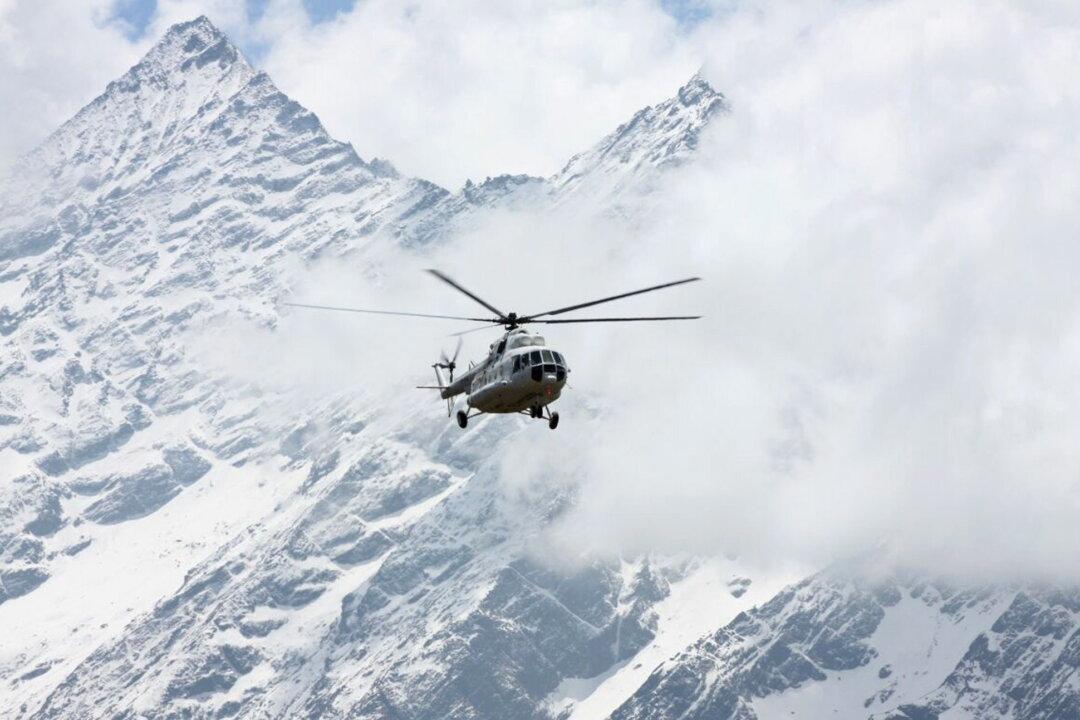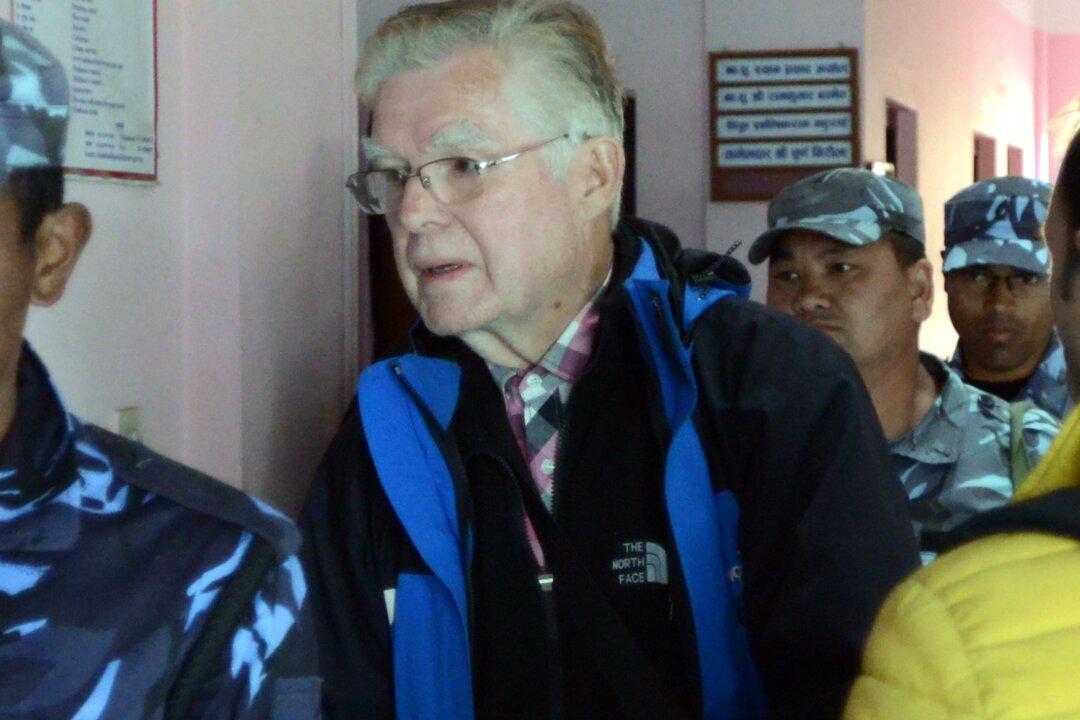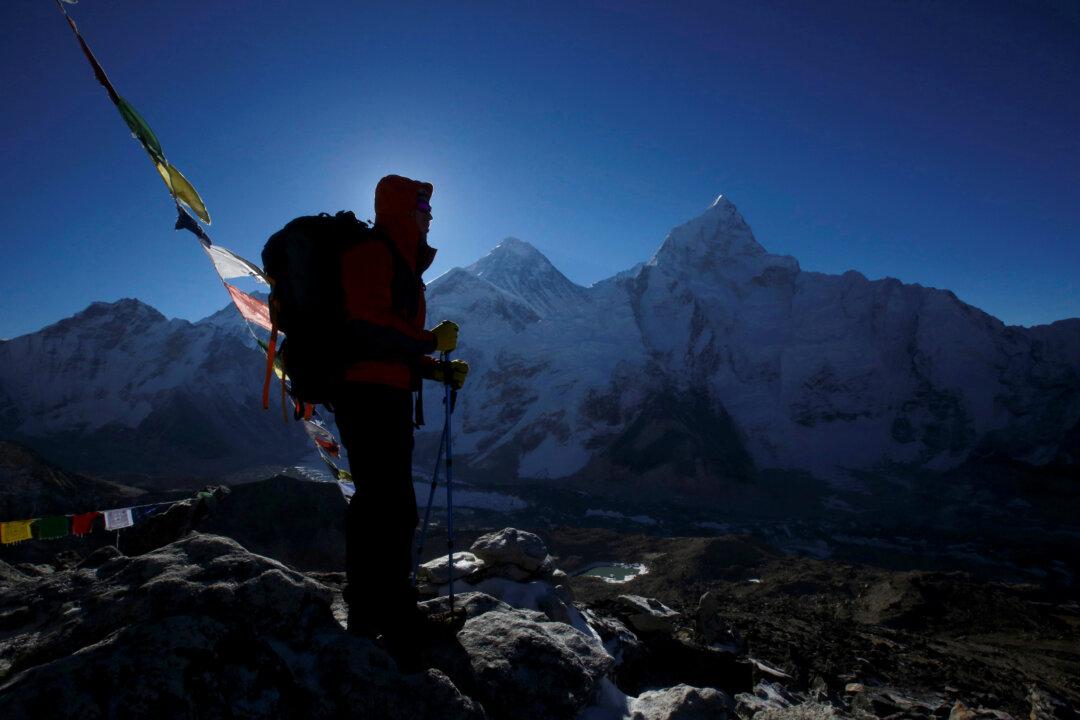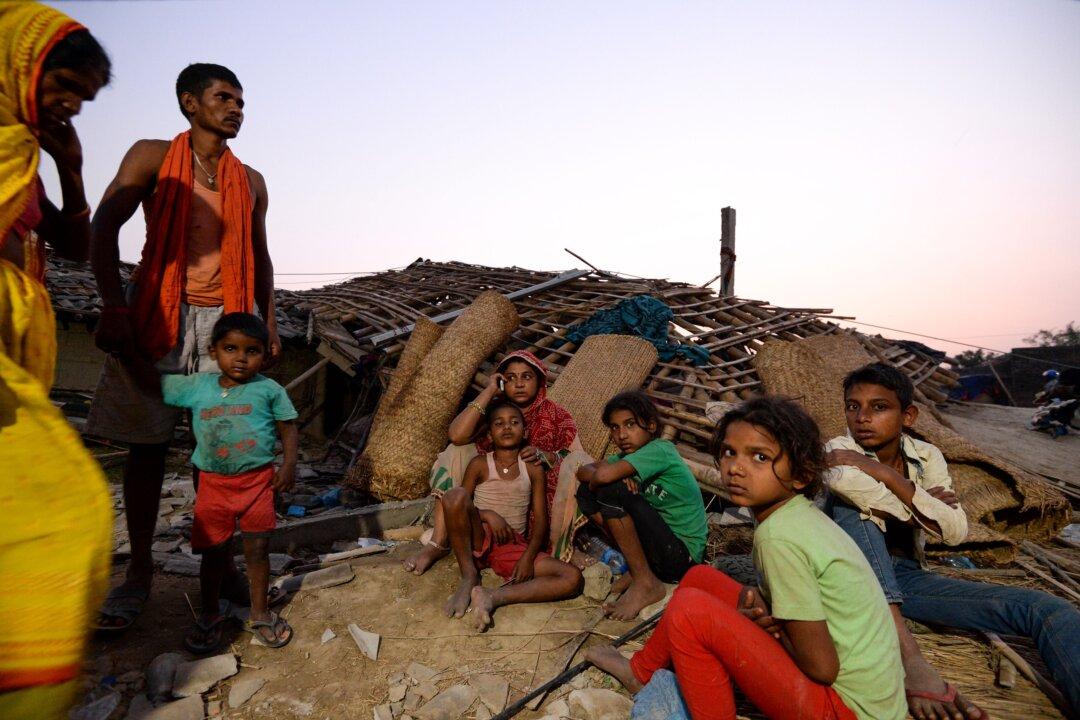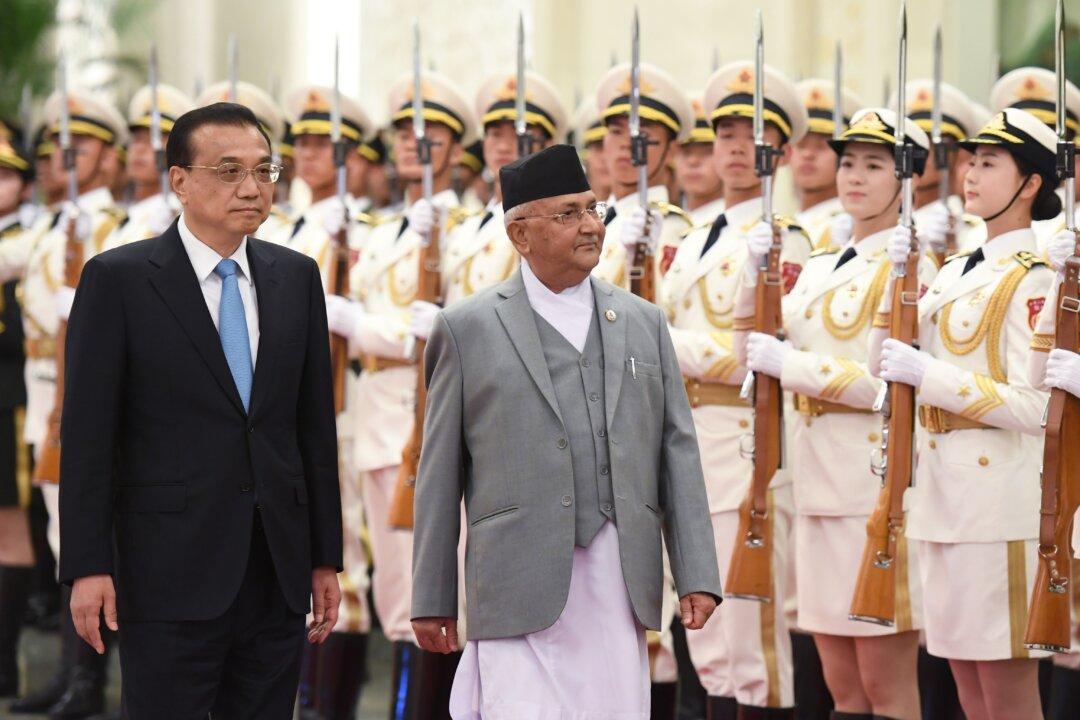KATHMANDU, Nepal—High in Nepal’s Himalayas, helicopter rescue operations were once credited for saving the lives of foreign trekkers who suffered altitude sickness or were stranded during their grueling trek.
But a wide-ranging scam involving chopper operators and tour organizers has given a bad name to the impoverished country’s trekking industry, a major component of the tourism sector.
